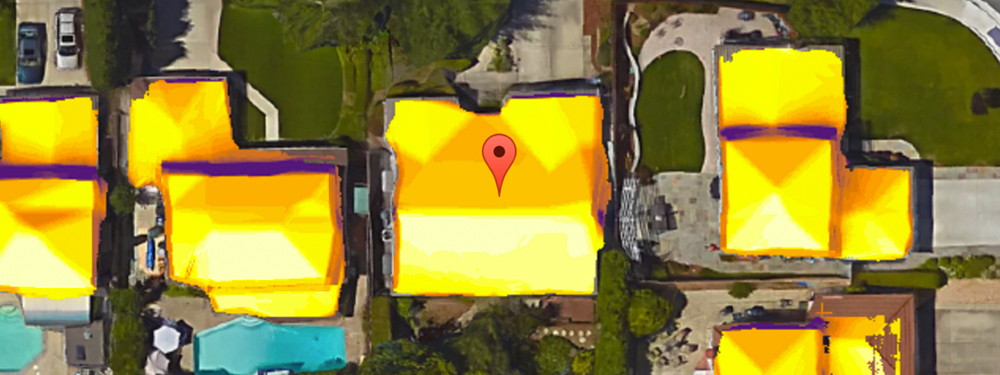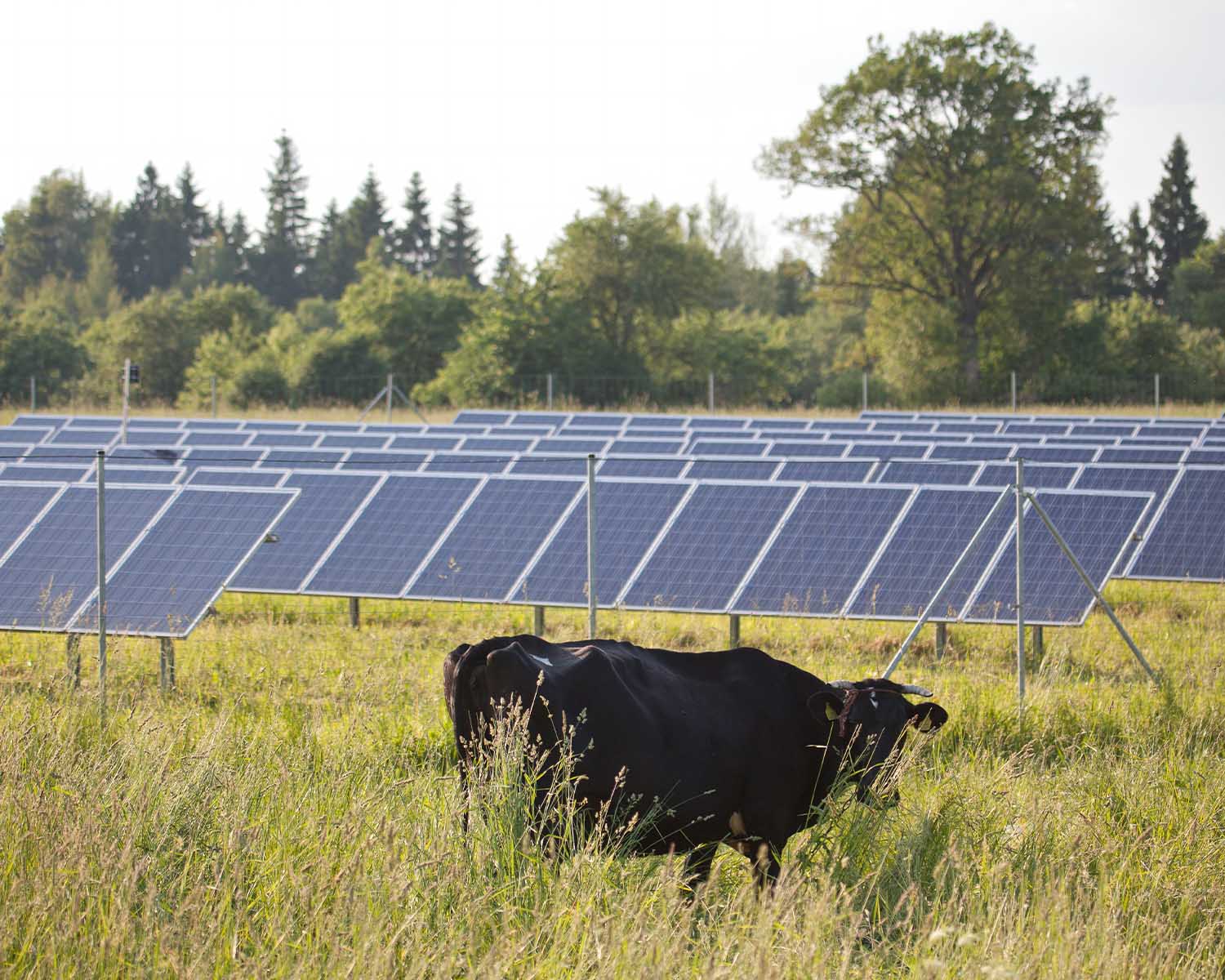What’s the difference between 60-cell and 72-cell solar panels?
The summary: 72-cells are about a foot taller, and they cost a bit less to mount in large-scale applications. However, both 60-cell and 72-cell panels use the same cell technology, and they work out to the same price from a cost-per-watt perspective. Either option can be used in residential installs—the ideal choice depends on your array layout and space constraints where you will mount your system.
The difference between 60-cell and 72-cell solar panels is simple: 72-cell panels are 12” taller and contain 12 more solar cells.
If that seems too obvious, I promise you: that’s pretty much all there is to it.
But there’s a reason we’re devoting article space to such a simple topic.
I was designing a system for a residential customer last week when she asked me, “I can’t use 72-cell panels at my house, right?”
For some reason, she had the impression that 72-cell panels are only for commercial use. Which couldn’t be further from the truth.
After some back-and-forth, I realized she had read a few articles online to help her decide which size panel to use. Turns out one of them had claimed 72-cell panels were only for commercial use, and require special hardware and extra labor to install.
None of which is remotely true.
So I wrote this article to help set the record straight.
Dispelling myths about 72-cell panels
The big myth floating around the Internet is that 72-cell panels are not made for residential use.
That’s simply not true. In fact, roughly half of all residential systems we design at Unbound Solar have 72-cell panels in them.
It’s true that commercial applications lean toward 72-cell panels. They require less racking rail, fewer electrical connections, and fewer clamps to secure in place. That means 72-cell panels are cheaper to install on a large scale.
But there’s no reason residential customers can’t get the same benefits from a 72-cell solar panel.
Are 72-cell panels harder to install?
I’ve also read claims that 72-cell panels are harder to install. This concern is somewhat overblown.
Yes, 72-cell solar panels are a bit bigger and heavier. But it typically takes two people to move and set a solar panel in place, regardless of size. Since there’s usually 2-3 people on an installation crew, finding a way to move the panels isn’t much of an issue. Any crew worth their salt will be able to handle the larger panel size.
Though the work may be a bit more physically taxing, the install tends to take less time overall. Since the system contains less panels, you’ll spend less time making electrical connections and fastening clamps.
You don’t need to buy stronger racking to support larger panels, either. Solar panel racking is universal. The size of the panel you choose will not limit your mounting options.
While it is possible to buy a thicker rail, we only recommend that option to provide a stronger foundation in areas threatened by hurricanes, heavy snow and other extreme weather conditions.
You don’t need to spend more on “heavy duty racking” just to support heavier 72-cell panels (which is a very common misconception). The standard options will work just fine.
In fact, in most cases 72-cell panels will actually save you money on racking. Modules are mounted with rails running across the width of the panel. Because 72-cell panels have the same width as 60-cell panels (about 40” wide), they require the same amount of racking material to mount more solar power.
When to choose 60 cell vs. 72 cell panels
If the only difference between 60- and 72-cell solar panels is their size, how do you choose one over the other?
The ultimate decider is panel value, measured in cost-per-watt.
Divide the price of the panel by the rated panel output (typically 250W-375W per panel). This will give you a baseline to compare panel value, regardless of size.
Our advice is to go for the best cost-per-watt option that fits the space where you will install your system.
Here’s an example. If your mounting space is 35’ wide and 10’ tall, you can only fit a row of 10 panels. You can install more power by using 72-cell panels because you have enough space to accommodate the taller panel size.
Standard Solar Panel Sizes:
60-cell panels: 39″ x 65″
72-cell panels: 39″ x 77″
On the other hand, if your mounting space is 35’ wide and only 6’ tall, you’d have to use 60-cell panels.
Mixing and matching 60-cell and 72-cell solar panels
It’s possible to mix and match 60-cell and 72-cell panels if necessary.
For example, let’s say you have a triangle-shaped roof with less space near the top. You might install a row of 72-cell panels in the middle of the roof. Then you can add smaller 60-cell panels on the sides / top to hit your target system size.
It’s possible to mix panel sizes like this to fit the usable space on your roof. But keep in mind that different components run on different voltages, and you’ll need to pair each panel with a compatible inverter.
If you build a system like this, it’s worthwhile to spend some time with an experienced design consultant to make sure you aren’t wasting power or damaging your equipment.
Need help planning your system? Connect with a solar designer to get started.
Our advice: go with what fits
In short: buy the panels that fit your space. Don’t worry about individual panel size or cell count. Overall system cost is what really matters.
All other things being equal, go with the panels that give you the best cost-per-watt, regardless of size. The ultimate goal is to cover your energy usage as efficiently as possible.
And remember: don’t believe everything you read on the internet . . . except us, of course.





